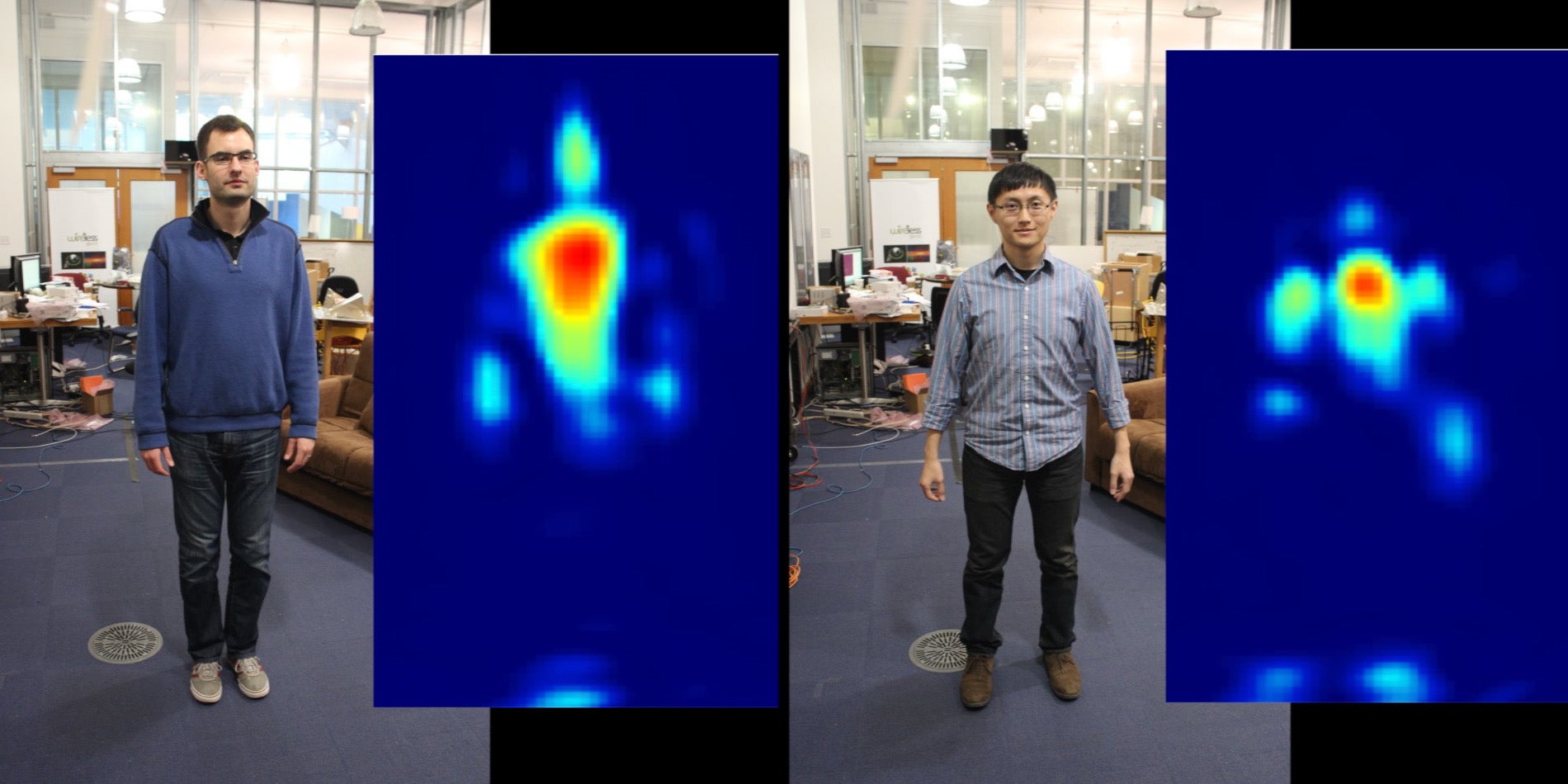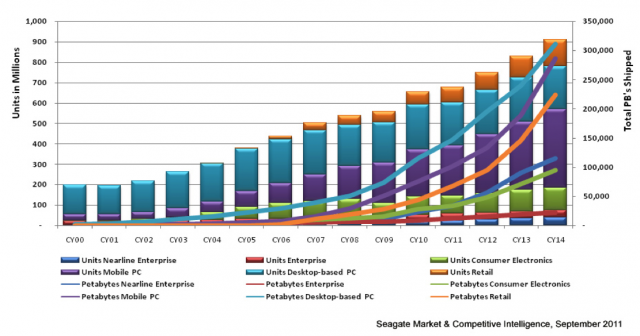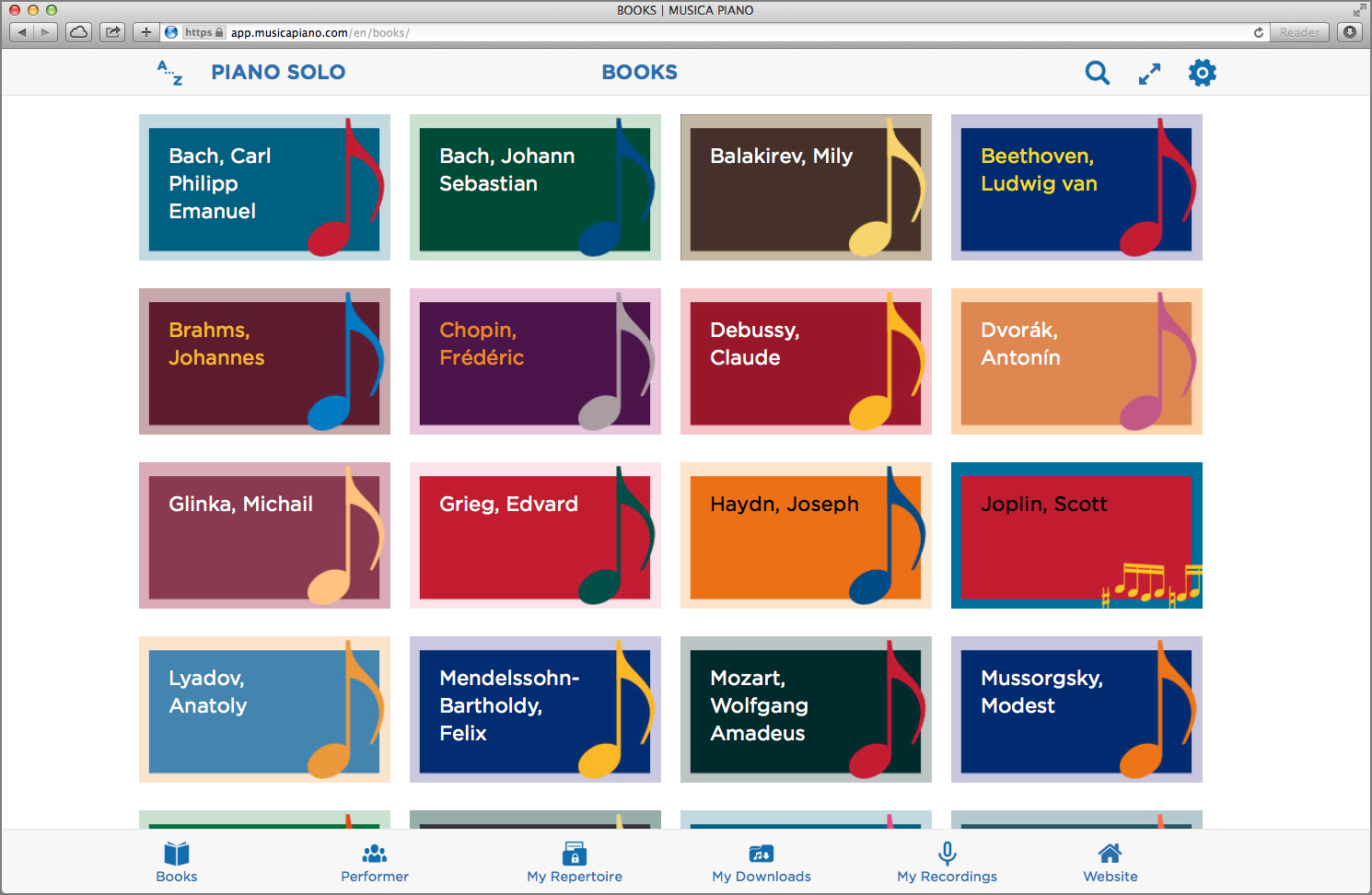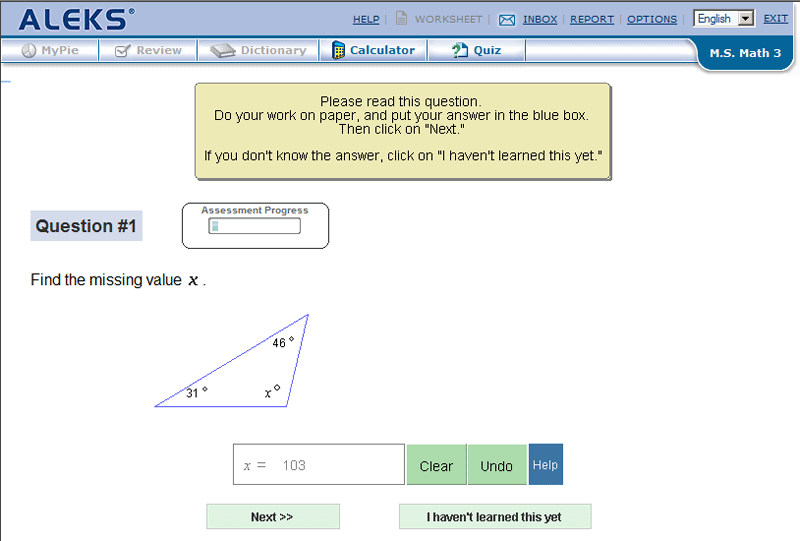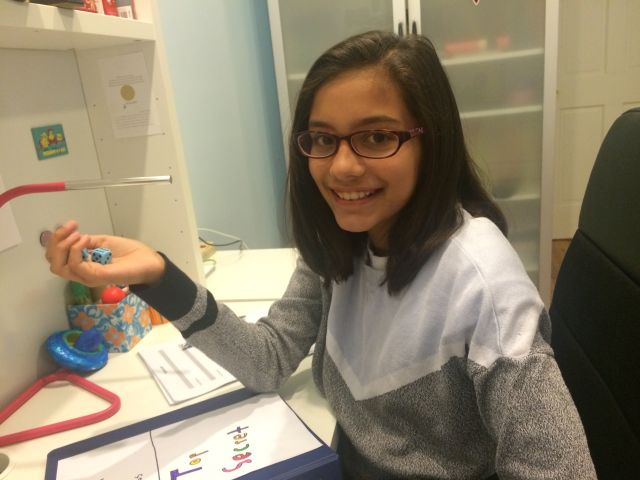Google Turning Its Lucrative Web Search Over to AI Machines
Jack Clark | October 26, 2015
[...]For the past few months, a “very large fraction” of the millions of queries a second that people type into the company’s search engine have been interpreted by an artificial intelligence system, nicknamed RankBrain, said Greg Corrado, a senior research scientist with the company, outlining for the first time the emerging role of AI in search.
<more at
http://www.bloomberg.com/news/articles/2015-10-26/google-turning-its-lucrative-web-search-over-to-ai-machines;
http://www.dailymail.co.uk/sciencetech/article-3290075/Google-uses-artificial-intelligence-handle-searches-RankBrain-makes-educated-guesses-new-queries.html (Google uses artificial intelligence to handle searches: RankBrain makes 'educated guesses' about new queries. Google has developed AI called RankBrain to handle obscure queries. Around 15% of its 3.5 billion daily searches have not been seen before. Search algorithms rank sites based on hundreds of different criteria. RankBrain instead makes 'educated guesses' about what words mean and can learn from its mistakes. October 26, 2015) and
http://www.theverge.com/2015/10/26/9614836/google-search-ai-rankbrain (Google is using an AI called 'RankBrain' to answer ambiguous questions. October 26, 2015)>






